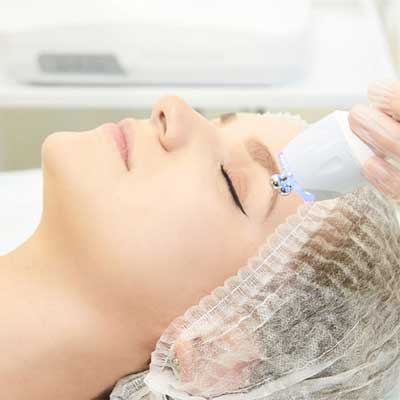Undergoing a tummy tuck, also known as abdominoplasty, is a significant decision aimed at achieving more toned abdomen by removing excess skin and fat and tightening abdominal muscles. While the surgery itself is transformative, the key to achieving optimal results lies in the recovery process. A successful recovery not only ensures proper healing but also minimizes complications and enhances the results.
By following these steps and instructions, you can maximize the outcome of your abdominoplasty. Immediately after surgery, your surgeon will provide detailed post-operative instructions tailored to your specific procedure and individual health needs. It is crucial to adhere strictly to these instructions, which may include wound care, medication schedules, activity restrictions, and follow-up appointments.
Following these guidelines diligently reduces the risk of complications and supports the healing process. Furthermore, pain management is a critical aspect of recovery after a tummy tuck. Dr. Priti Patel may prescribe a short course of pain medications to alleviate discomfort during the initial stages of recovery. It’s essential to take these medications as directed and to communicate any concerns about pain levels to your healthcare provider promptly. As healing progresses, pain intensity typically decreases, and over-the-counter pain relievers may suffice.
Additionally, depending on the extent of your abdominoplasty, surgical drains may be inserted to remove excess fluid from the surgical site and promote healing. We will provide instructions on how to care for these drains, including monitoring drainage volume and emptying them as needed. Similarly, keeping surgical dressings clean and dry is crucial to prevent infection and facilitate healing. Regularly changing dressings as instructed helps maintain a sterile environment around the incision sites. Similarly, proper wound care is paramount in preventing infection and promoting healing after a tummy tuck.
Dr. Priti Patel will provide detailed instructions on how to clean and care for your incisions. This may include gently cleansing the incision sites with mild soap and water, applying prescribed ointments or dressings, and keeping the area dry. It’s essential to avoid submerging incisions in water until cleared by our office, as this can increase the risk of infection.
Also, nutrition plays a crucial role in the recovery process after surgery. Eating a balanced diet rich in vitamins, minerals, and protein supports tissue repair and boosts overall immune function. Ensure you stay hydrated by drinking plenty of water and avoiding excessive alcohol and caffeine consumption, which can impair healing. Dr. Priti Patel may recommend dietary supplements such as vitamin C and zinc, or bromelain to further support wound healing.
Finally, while rest and limited activities are initially recommended post-surgery, gradually reintroducing light physical activity can aid in recovery. Begin with gentle walking to improve circulation and prevent blood clots. Avoid strenuous activities, heavy lifting, and exercises that engage the abdominal muscles until cleared by our office, typically around 4-6 weeks after surgery. Engaging in physical therapy or guided exercises can help regain strength and mobility safely.
If any questions or concerns along the way, our office will be more than happy to answer and guide you through the process!


